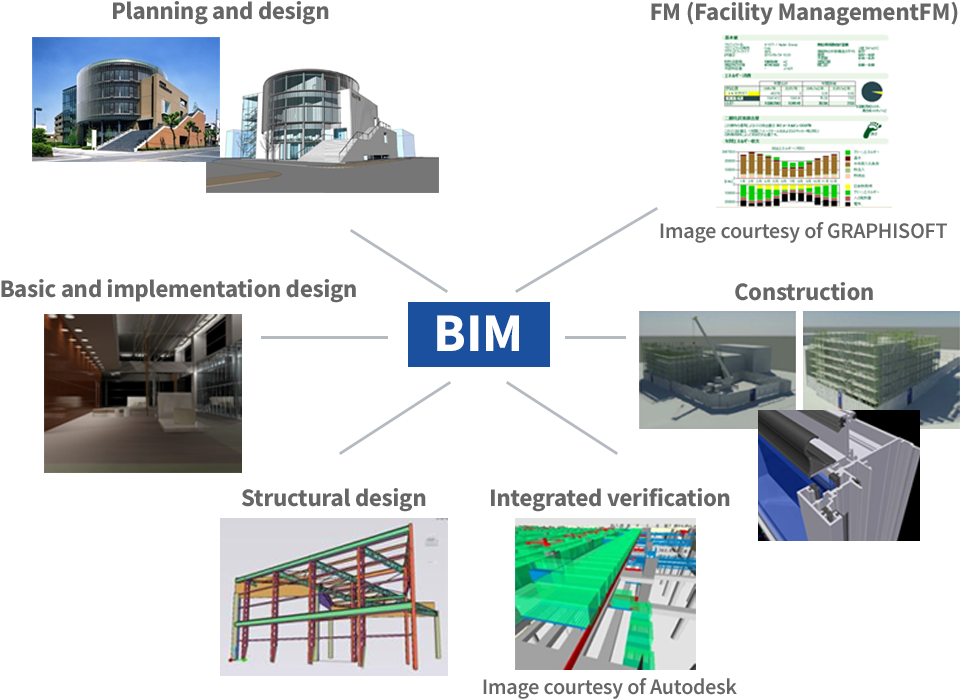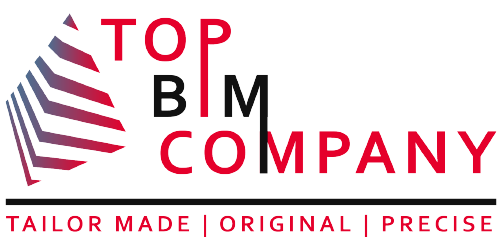
In an era marked by continuous advancements in medical science, it’s crucial that our healthcare facilities keep pace. One of the most pressing issues facing healthcare infrastructure today is outdated facility management. The importance of intelligent facility management in the healthcare sector cannot be overstated.
Table of Contents
ToggleThis blog will delve into how the combination of Healthcare Facility Management with Building Information Modeling (BIM) can revolutionize the management of healthcare facilities.
Problem of Outdated Facility Management
Outdated facility management practices often result in inefficiencies, increased operational costs, and suboptimal patient care. Traditional approaches struggle to cope with the dynamic nature of modern healthcare systems. In the uncertain times of next pandemic likely to occur very soon, the healthcare infrastructure is not aligned with the population’s need.
Importance of Intelligent Facility Management in Healthcare Infrastructure

Intelligent facility management is the key to addressing these challenges. By integrating BIM into healthcare facility management, we can unlock a plethora of benefits that extend to various critical components.
Benefits of integrating BIM into healthcare facility management
1. Infrastructure Planning and Design:
Optimized planning is essential for hospitals. BIM allows for the meticulous planning of corridor movement, the segregation of zones based on needs and urgency, and efficient space utilization.
This ensures that healthcare facilities are designed for maximum efficiency and patient satisfaction. The layout of the hospital should promote staff efficiency, which can be done by minimizing the travel distance between the frequently used spaces and creating an efficient logistics system for supplies of food. Consider multi-purpose spaces that reduce travel time.
2. Equipment Management:
Every hospital room needs the right equipment for its intended purpose. BIM helps in precise planning and equipping each room with the necessary machinery, ensuring that healthcare providers have access to the tools they need to deliver optimal care.
A systematic life cycle approach for management of medical equipment is extremely crucial. It all begins with meticulous planning to determine equipment needs, followed by the acquisition of the necessary equipment.
Upon delivery, thorough inspections verify the condition and functionality of the equipment. Comprehensive inventory and documentation are essential to keep track of usage and maintenance records. Then, a proper installation and commissioning are crucial to ensure that the equipment operates seamlessly within the healthcare setting. Staff training facilitates safe and effective utilization.
Finally, after the completion of first managemnet cycle, continuous monitoring of performance guarantees optimal functionality, with scheduled maintenance and repairs to preserve equipment integrity.
Ultimately, when equipment reaches the end of its useful life, it is either replaced with newer models or disposed of responsibly. This holistic approach to medical equipment management aims to enhance safety, efficiency, and cost-effectiveness in healthcare facilities.
3. Regulatory Compliance:
Strict bylaws govern healthcare facilities to ensure safety and quality. BIM assists in adherence to these regulations, guaranteeing that healthcare facilities remain compliant and safe.
4.Parallel to expansion
The modes of treatments and medical needs change continuously in hospitals; therefore, modular space planning and layout would be a great option. Using generic room sizes with easily accessed, modified mechanical and electrical systems with planned directions for any future expansion.
5.Patient Safety and Comfort:
BIM’s ability to optimize space and equipment placement directly contributes to patient safety and comfort. Hospitals can be designed and managed to minimize patient risks and enhance their overall experience.
6.Need for waste segregation in the hospitals:
Intelligent facility management (IFM) can be used to improve waste segregation in healthcare facilities, which is important for patient safety, environmental impact, and cost savings. IFM can identify and track waste streams, provide real-time visibility, and automate tasks to improve waste segregation efficiency and accuracy. By using IFM, hospitals can contribute to environmental protection and patient safety.
Example of aI Famous Smart Healthcare Project

The Al Daayan Health District, Qatar: The Al Daayan Health District is a new hospital complex in Qatar that is designed to be flexible, sustainable, and affordable. It will be built using prefabricated modular units that can be reconfigured and expanded with minimal disruption to ongoing operations. The complex will also have a high-tech farm, a logistics center, and a solar farm, making it largely autonomous.
Future Trends in Healthcare Facility Management with BIM
Healthcare facility management with BIM is the future of healthcare infrastructure. Trends like IoT integration, AI, ML, and digital twinning will enable healthcare facilities to become more adaptive, efficient, and patient-centric than ever before.
This is especially important in light of the next pandemic, where healthcare facilities need to be able to quickly and easily adapt their spaces to meet the changing needs of patients and staff.
Also Read: Empowering Facility Managers With 6D BIM Facility Management
For example, BIM can be used to create digital twins of healthcare facilities. These digital twins can be used to simulate different scenarios, such as a pandemic, and to identify potential bottlenecks and areas for improvement. This information can then be used to make real-time changes to the physical facility, ensuring that it is always ready to meet the needs of patients and staff.
Also Read:
BIM can also be used to integrate IoT devices into healthcare facilities. This integration can provide real-time data on occupancy levels, energy consumption, and other key metrics. This data can then be used to optimize the use of space and resources.
By embracing BIM and these other emerging technologies, healthcare facilities can create adaptable spaces that are ready to meet the challenges of the next pandemic and beyond.
Here are some specific examples of how BIM can be used to make healthcare facilities more adaptable for the next pandemic:
- Reconfigurable spaces: BIM can be used to design spaces that can be easily reconfigured to accommodate different needs. For example, a space that is used for surgery during a pandemic could be easily reconfigured to be used as a triage area or a quarantine zone.
- Flexible furniture: BIM can be used to select furniture that is flexible and can be easily moved around to create different configurations. This can help to create spaces that can be adapted to different needs, such as social distancing or isolation.
- Smart sensors: BIM can be used to integrate smart sensors into healthcare facilities. These sensors can collect data on occupancy levels, air quality, and other metrics. This data can then be used to optimize the use of space and resources, and to identify potential problems early on.
By using BIM and these other emerging technologies, healthcare facilities can create adaptable spaces that will help them to better respond to the next pandemic and other challenges.
Our Services
Latest Post
Get A Free Quote
BIM Construction is the Future
Building information modeling (BIM) is the future of building design and construction. Get in touch with our BIM Experts.





